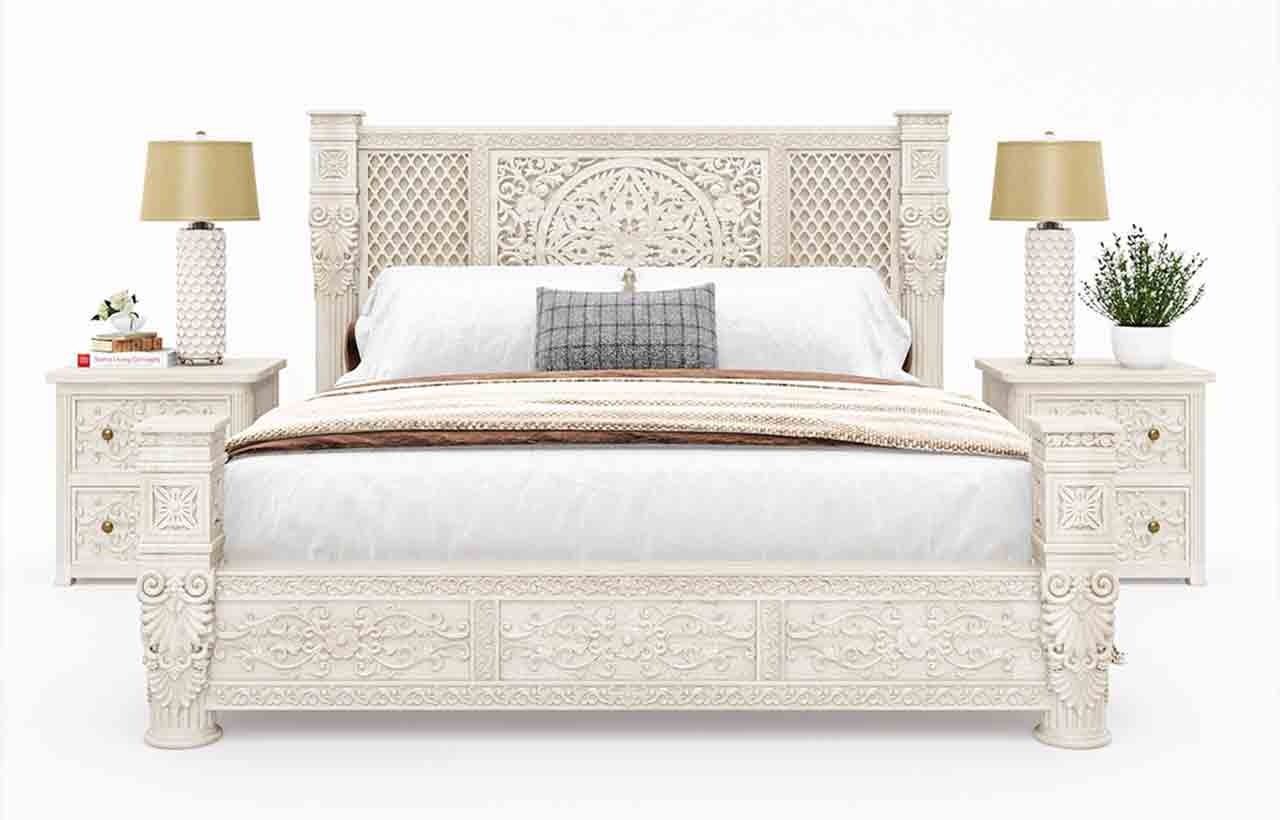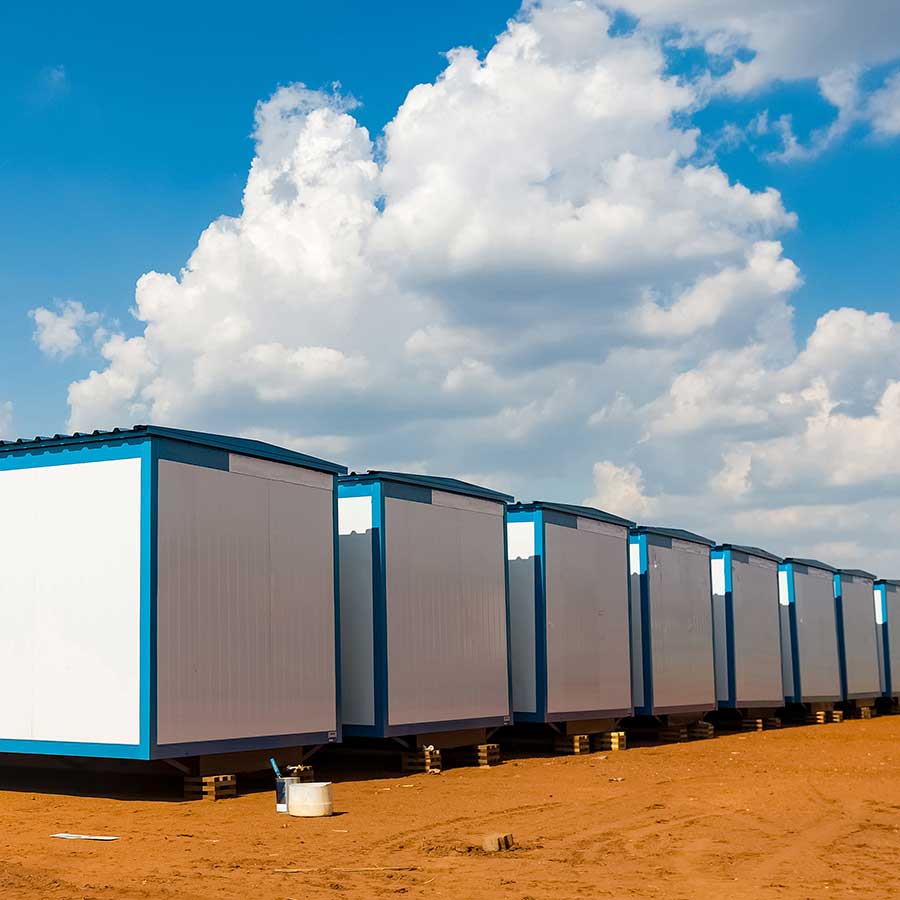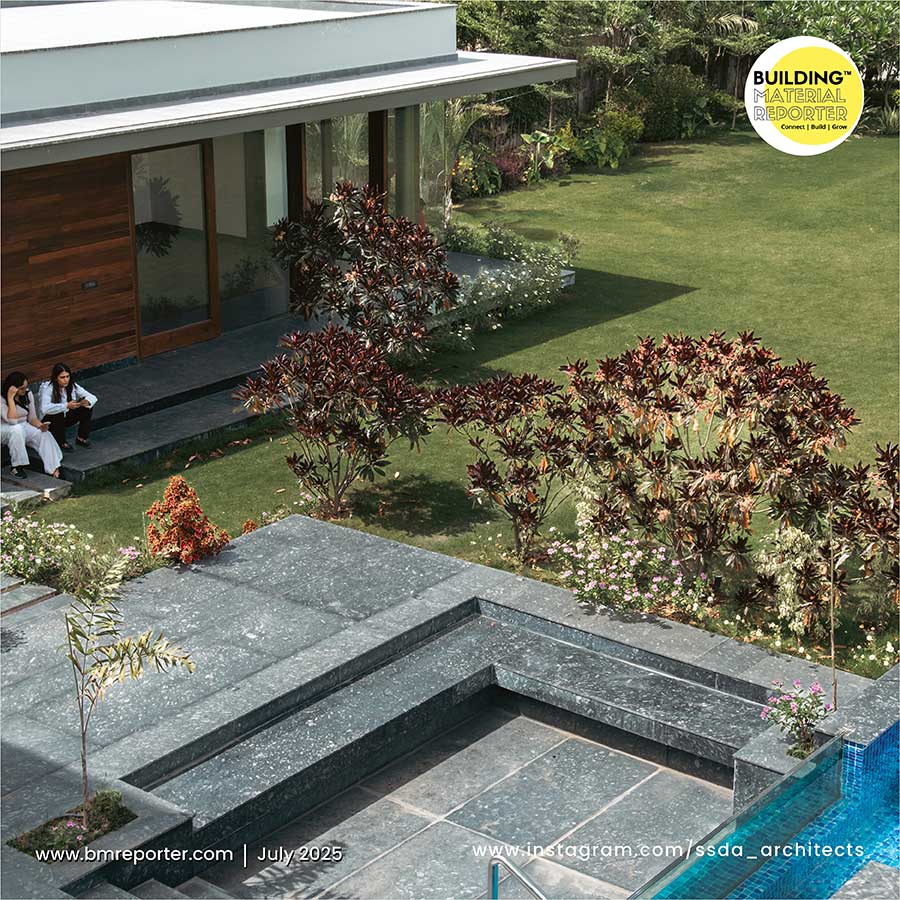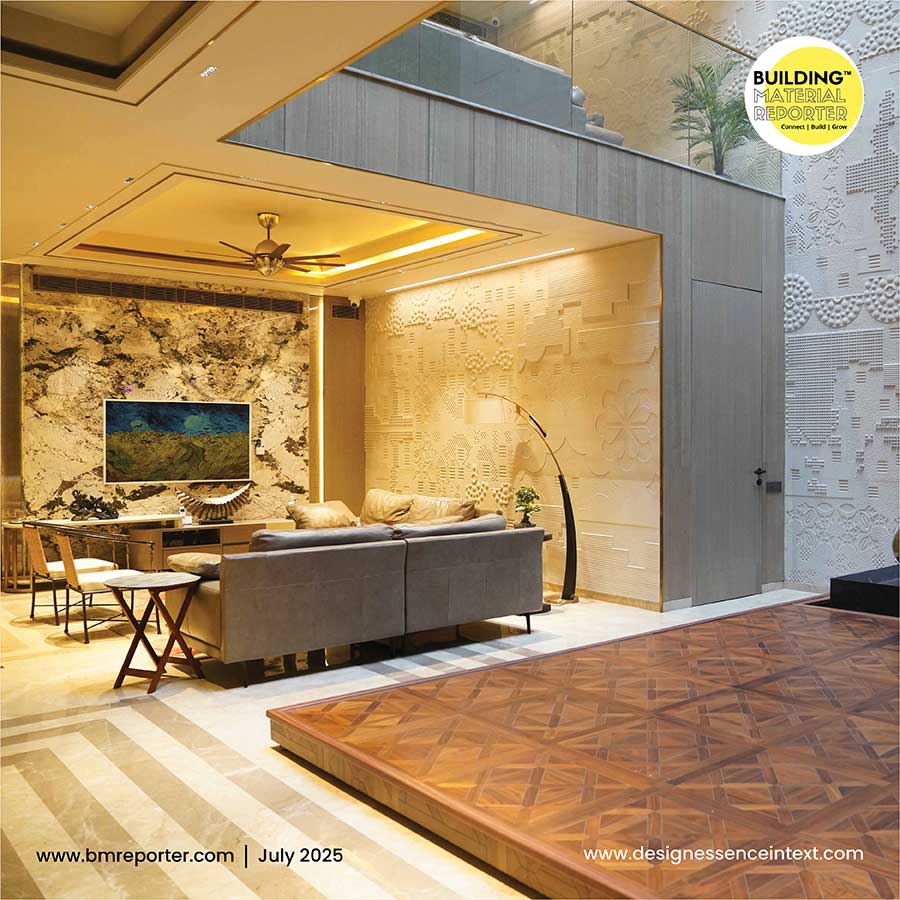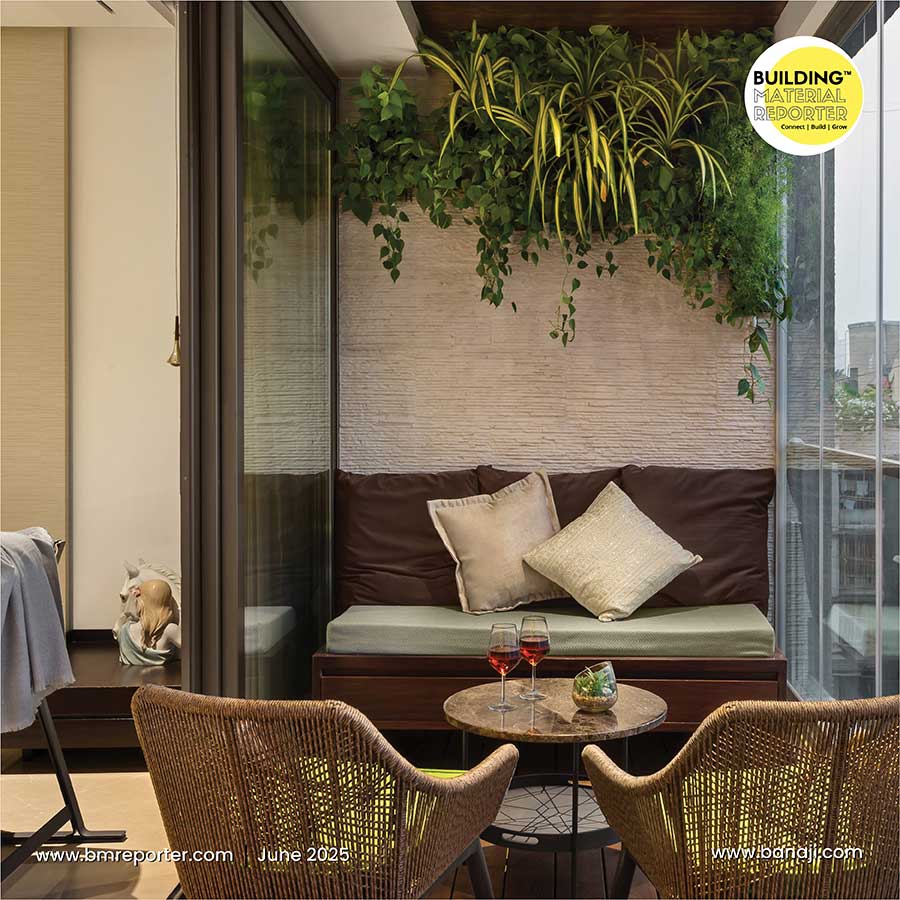Explore the essence of Modern Interior Design
- December 7, 2023
- By: Editorial Team
- INFLUENCERS
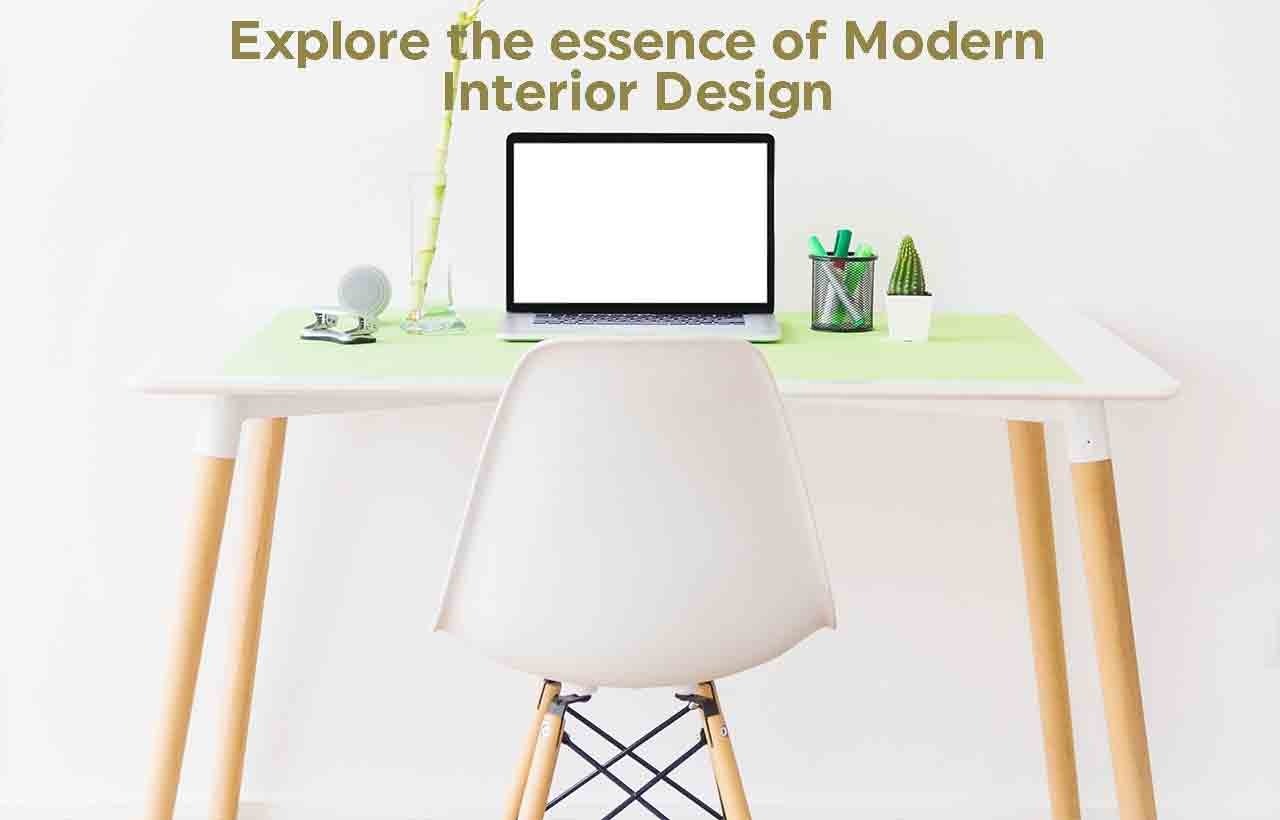
The Mid-Century Modern Interior design, which emerged from the mid-1930s to the mid-1960s, is characterized by its enduring appeal, marked by clean lines, organic forms, and a diverse use of materials and shapes. Despite originating in a specific historical context, its timeless design philosophy has transcended the challenges of wars and societal changes, maintaining relevance in modern interior design. Let's delve into the features of modern design concepts with examples of modern and innovative methods.
Materials play a pivotal role in the Mid-Century narrative, with the juxtaposition of wood and metal being a common theme. Open floor plans promote seamless flow between rooms, maximizing natural light and connecting indoor and outdoor spaces. The penchant for integrating nature into design is evident in large windows, glass doors, and the use of materials like wood and stone. Flat roofs further emphasize the horizontal design element, contributing to an uncluttered appearance.
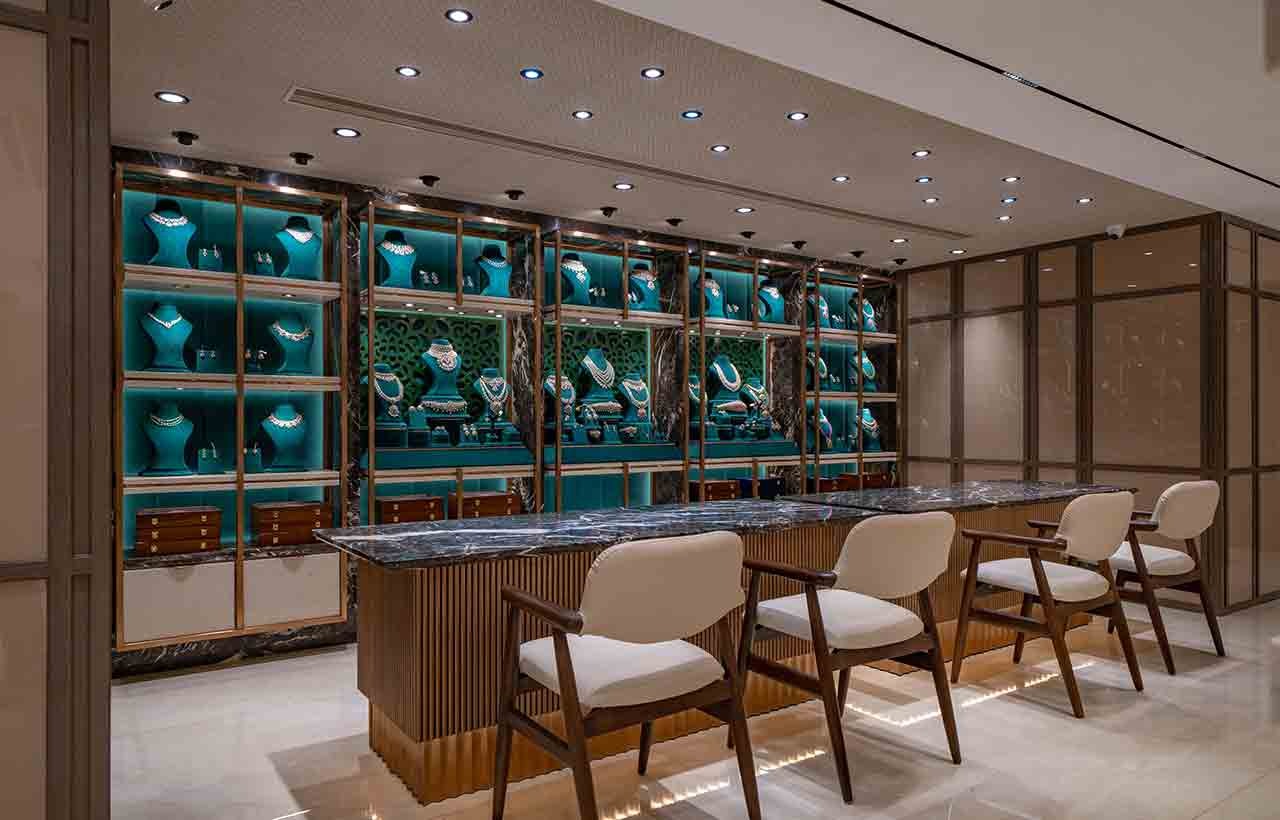
Adapting to Mid-Century Modern design requires understanding its principles and finding a delicate equilibrium between iconic features and specific space needs. Clean lines are a cornerstone of this style, evident in streamlined furniture, architecture, and design elements. The emphasis on simplicity extends to the incorporation of geometric shapes, angular lighting fixtures, monochromatic colour schemes, and horizontal lines, resulting in a modern and uncluttered aesthetic.
Organic forms play a significant role, introducing natural elements such as wood finishes, biomorphic shapes, and sustainable materials like cork and bamboo. This inclusion of curved furniture, free-form coffee tables, and organic seating adds warmth and a connection to nature. Minimal ornamentation defines this style, focusing on clean surfaces, simple textiles, and purposeful negative space. The minimalist approach extends to windows, furniture placement, and a neutral colour palette, showcasing essential elements over decorative excess.
Sleek surfaces, characterized by smooth and polished finishes, create an elegant atmosphere that reflects light and seamlessly blends classic and contemporary elements. Geometric shapes, such as rectangular and triangular forms, contribute to the Mid-Century aesthetic. These shapes are present in furniture, decor, and lighting fixtures, adding a modern and abstract influence.
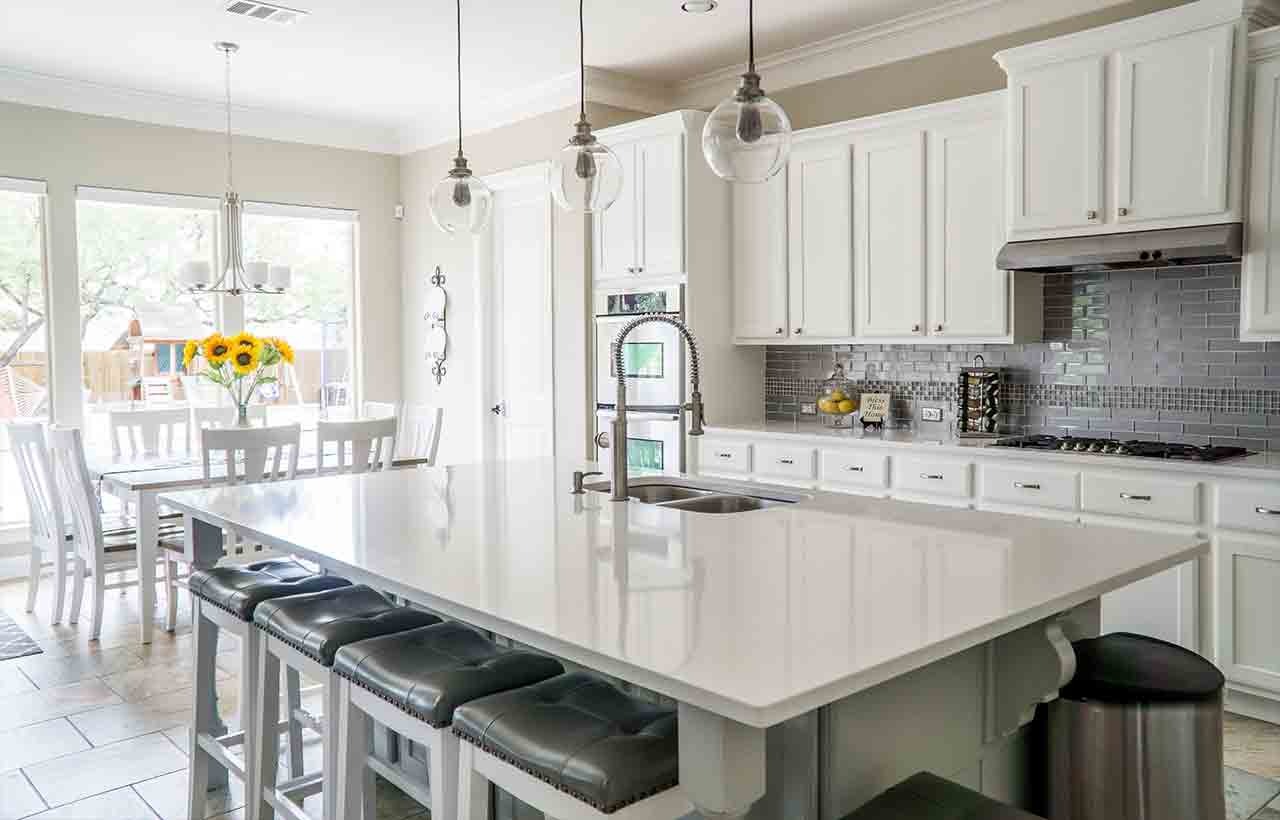
Open floor plans promote spacious living areas by removing unnecessary walls, maximizing natural light, and integrating indoor and outdoor spaces. This design approach embodies a modern, progressive lifestyle. Emphasizing nature, Mid-Century design integrates natural elements into architecture and interiors. Large windows, glass doors, and the use of materials like wood and stone create a tranquil living experience.
Bold colours, such as mustard yellow, avocado green, and deep orange, infuse a lively atmosphere into furniture, textiles, and decor, reflecting optimism and experimentation.
Modular furniture promotes versatility and adaptability, allowing homeowners to personalize their interiors according to changing preferences and lifestyles. Asymmetry adds visual interest and dynamic energy, contrasting traditional symmetrical arrangements and showcasing a bold, innovative approach to interior decor.
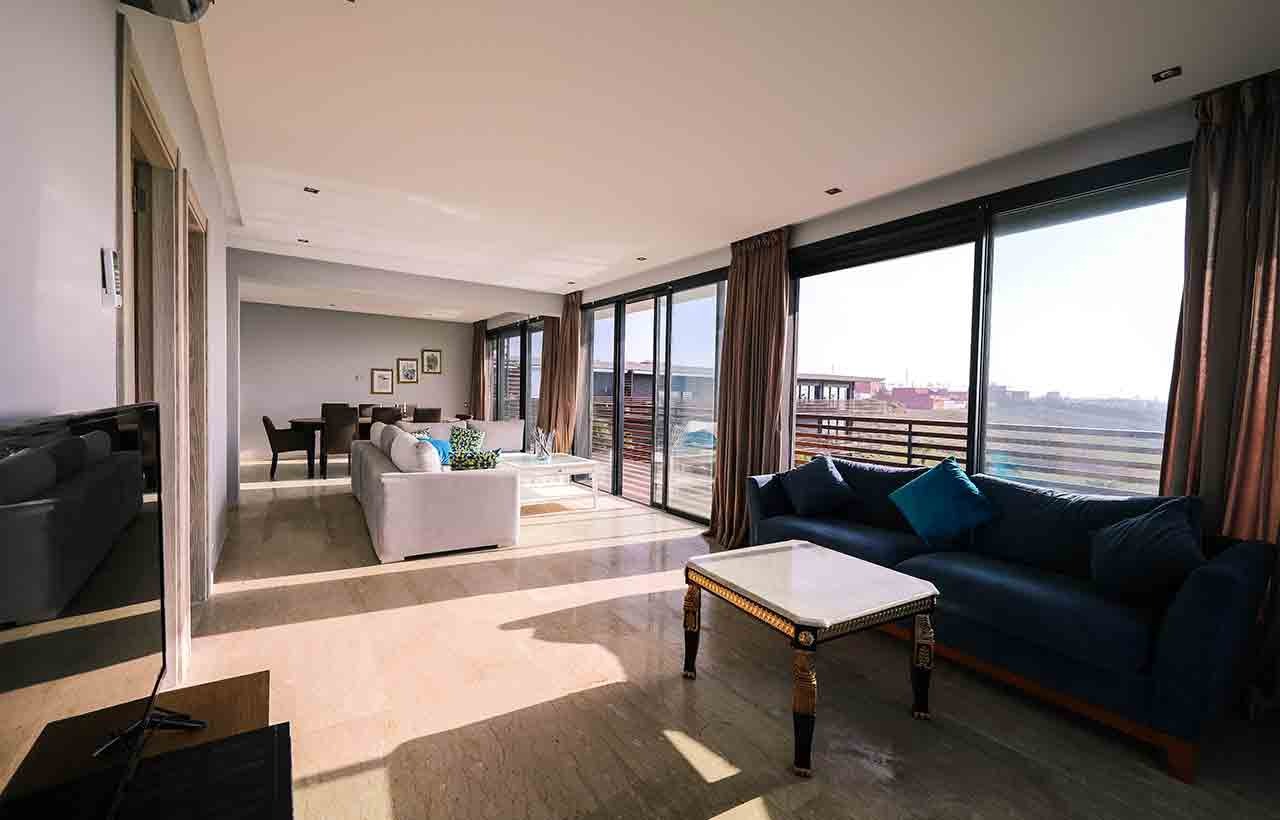
Innovative materials, including fibreglass, molded plastics, and laminates, push the boundaries of traditional craftsmanship, resulting in modern and distinctive furniture and architectural elements. Integration of art as a holistic approach creates visually compelling spaces, with strategically placed artwork complementing the overall modern aesthetic. The Atomic Age influence, characterized by futuristic aesthetics and bold materials, is evident in Mid-Century design, reflecting a sense of optimism and progress.
Maintaining balance and harmony is crucial in Mid-Century Modern interior design, with proper scale and proportion being key considerations. Authentic materials like natural woods, leather, and metals are essential for preserving the style's integrity. Adapting to Mid-Century Modern design involves understanding its principles and finding a balance between iconic features and the specific needs of the space.


